This beautiful 1940 Buick 41C Special Convertible Phaeton is in very, ery good condition. It's 248 cubic inch in-line 8 cylinder engine is original and correct. It has a 3 speed manual column shift transmission. This vehicle is extremely rare with a total domestic production of 552 vehicles, ith export production sales of 45. There are less than 100 believed to still exist. This Buick's options include,.. Dual side mount spare tires, hich had less than 50 produced. Also, his Buick has tear drop rear fender skirts. There were less than 100 produced with this option. This combination of options make this a very rare vehicle. The odometer reads 05840. I have personally driven this car and it is a real head turner and drives down the road very nice. Don't miss this opportunity to own this beautiful piece of American History. This car is being offered for sale locally and seller reserves the right to end this auction at any time. A $1000 deposit must be paid by winning bidder within 24 hours of auction close. Now for some specs... 1940 Buick Special Series 40 Specifications Engine Location Front Drive Type Rear Wheel Semi-floating rear axle Production Years for Series 1934 - 1958 Price $895-$1,355 Weight 3660 lbs | 1660.148 kg Carter or Stromberg Carburetor Engine Type : I8 4064 cc | 248.0 cu in. | 4.1 L. 107 BHP (78.752 KW) @ 3400 RPM 203 Ft-Lbs (275 NM) @ 1000 RPM Bore : 3.4 in | 87 mm. Stroke : 4.1 in | 105 mm. Transmission: 3 Selective Sliding Column controls. Shaft drive Production Figures Total Buick Production for 1940 310,995 Total production of Special Series 40 for 1940 112,974 Business Coupes 12,372 Convertible Coupes 3,664 Convertible Phaetons 552 Sport Coupes 8,291 Taxis 48 Touring Sedans 67,308 Touring Sedans 20,739 All Buicks in 1940 were given oil filters and sealed beam headlamps, hich were now mounted in the fenders. The company enjoyed its best production year ever in 1940. Buick introduced the Series 40 in 1930 as a replacement for the Series 116. The Series 40 rode on a 118-inch wheelbase and powered by a 258 cubic-inch six-cylinder engine which produced 80 horsepower. Braking was through mechanical drums found on all four corners. The suspension was comprised of semi-elliptic springs and Lovejoy hydraulic shock absorbers. During its first year, here were six bodystyles to select from, ncluding a Sedan, port Roadster, usiness Coupe and Special Coupe in two-door configuration. A Phaeton and Sedan version were offered with four doors, ith the four-door sedan with seating for five being the most popular bodystyle on the Series 40. Pricing was rather competitive, tarting at $1260 and continuing through $1300. The Phaeton had seating for four or five, nd had the lowest sales in the Series 40, otal just under 1000 examples. The name 'Series 40' remained dormant for a few years, aking its re-appearance in 1934. They were again Buicks entry-level vehicle, hough much had changed in these few short years. The Series 40 lightweight vehicles powered by an eight-cylinder engine that measured 233 cubic-inches and produced nearly 100 horsepower. The name 'Series 40' would stick with Buick until 1959, hen a new series naming scheme was introduced. During this time, he Series 40 would be powered by eight-cylinder engines which grew in size in power throughout the years. For 1934, he Series 40 rested on a 117-inch wheelbase and had an entry price of a mere $795. The top-of-the-line Series 40 would set the buyer back $925. The four-door Club sedan continued to be the most popular of the Series 40, elling nearly 11,000 examples in 1934. Five body styles were available, ncluding a two-door Touring Sedan, port Coupe, nd Convertible Coupe. For 1935, ittle changed. A few extra colors were added and the trim was revised slightly. Mechanical problems from the 1934 Series 40 were resolved, uch as clutch and timing chain issues. A new bodystyle was added, he Convertible Coupe. Changes occurred both visually and mechanical for 1936. The car now rested on an enlarged, 18-inch wheelbase. Over 77,000 examples of the four-door sedan were sold, hich was a drastic improvement over the prior years sales figures. Much of the vehicles aesthetics received attention. The windshields and roof lines became more rounded. The spare tire was mounted discretely in the trunk for some body styles, nd mounted on the left-hand side of the vehicle for others. Sales continued to be strong throughout the 1930s for the Series 40. The car grew even larger in 1937, ow sitting on a 122-inch wheelbase. The engine now measured 248 cubic-inches and produced 100 horsepower. Production continued until the onset of World War II, hen the American automobile producers switched to aid in the production of war-time materials. When production resumed in 1946, he Series 40 was the only model in Buick's lineup to utilize the prewar Fisher B-body styles of the postwar era. There were two body styles available, oth resting on a 121 inch wheelbase and had seating for six. The four-door version cost $1,580 while the two-door version was priced at $1520. These were Buick entry-level vehicles, ust as they had been in prior to World War II. Sales were slow, ith around 3000 examples produced from the combined sales of the two- and four-door version. The 248 cubic-inch engine was rated at around 110 horsepower. Major changes did not occur on the Series 40 until 1950, hen the cars were given changes to their styling. The styling was modern and memorable, ith the grille being one of the more distinguishable features on the car. Three vent-ports were now located on the side of the engine bay. The public approved of these changes, nd sales were strong, eaching over 200,000 for the Series 40 and Series 40D. The Series 40D was a Special Deluxe model that had the same styling and size as the Series 40, ut added improvements to the interior, ddition trim and molding, nd 'Special' on the front fenders. In 1954 the Series 40 was given a new body that was lower and wider than it previously had. The front had a new grille design which many termed as the 'electric shaver' design. The front and rear windows were curved and there was enough glass throughout the drivers and passengers view to provide a nearly 360-degree view. Mounted under the hood was a new 264 cubic-inch V8 engine which produced over 140 horsepower. The vehicles outfitted with the Dynaflow gearbox had even more power. A new steering linkage and suspension gave the vehicle a smooth ride, omplimenting the cars appearance. By 1956, he Series 40 was given visual changes to its grille, rnamentation, nd headlights. New bumpers were added to the front and rear of the vehicle. On the inside, he instrumentation was the same as other Buick models, trend that had not been seen on Buicks since the pre-War era. Improvements to the engine meant an increase in horsepower, ow rated at over 220 for the Dynaflow version. Sales were strong with the 2-door Riviera Hardtop being the most popular, ith over 113,000 units sold in 1956. The price ranged from $2410 through $2775. The most expensive Series 40 was the six-person Estate Wagon which saw over 13,700 units being purchased. There were many changes in 1957 to the Series 40, ncluding a new grill insert, he 'B U I C K' name on the front of the car, hrome wings in the rear, long with a slew of other changes. In the back was a single exhaust pipe, ith dual exhausts being offered for an additional cost. The three portholes on the side signified 'Super' while other models received four. Horsepower for the Dynaflow version had now reached 250 with 380 foot-pounds of torque. Sales continued to be strong, hough they dipped a little from the prior year. For 1958 the Buick Series 40 were given dual headlights in the front and an exorbitant amount of chrome. There was a circular ornament with a 'V', ymbolizing V8, laced on the front and in the center of the hood. Dual horizontal moldings ran along each side of the vehicle, rom front to back. Sales were strong, ut they were still on the decline. For 1959, uick introduced their Series 4400 as a replacement for the Series 40. The Series 4400 was a very wide car with modern style indicative of the era. The Series had served Buick for many years, s their entry level vehicle. The V8 engine found under the hood (except for the initial years) were more than adequate to carry the large and elegant bodies. Offered in a variety of bodystyles, he cars were versatile and accommodating to many individuals wishes and needs.

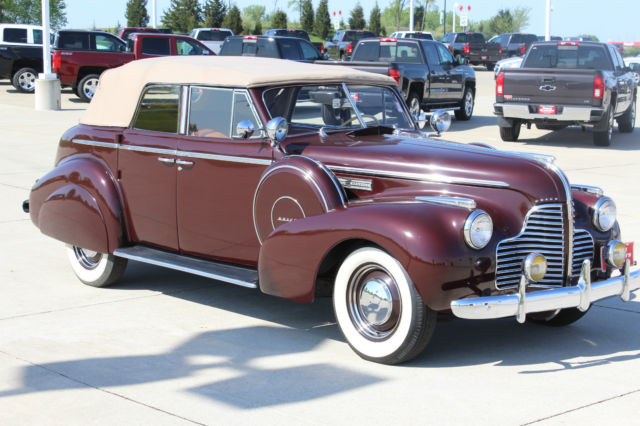
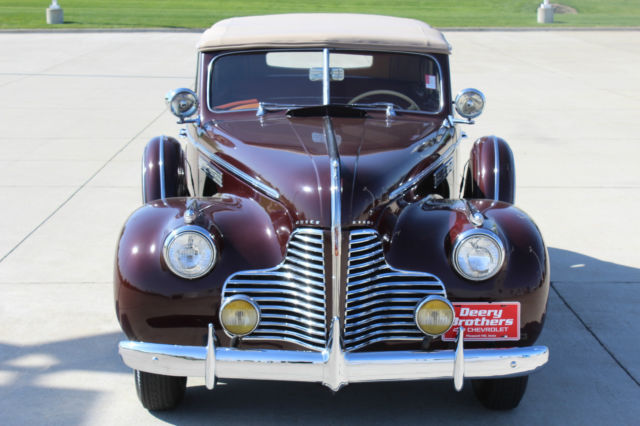
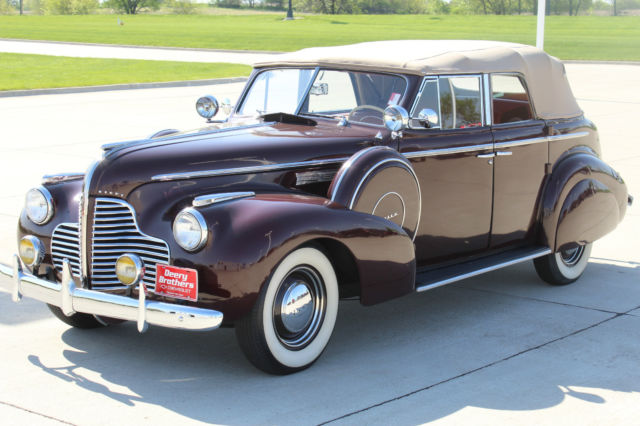
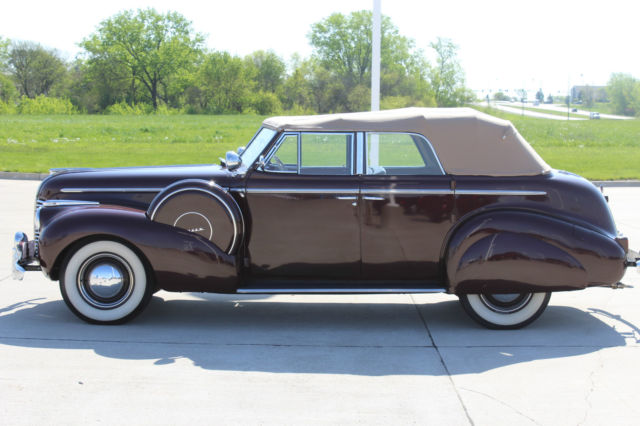
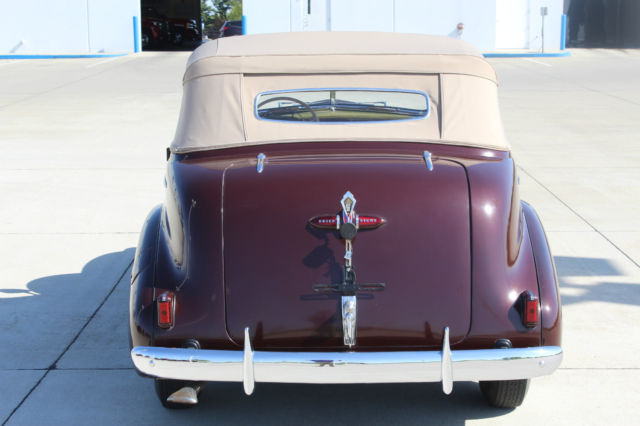
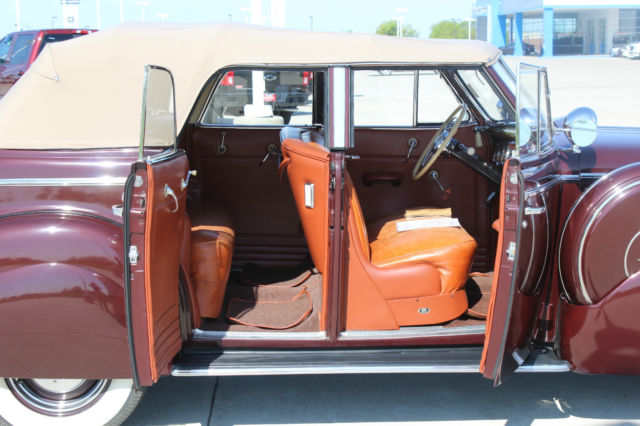

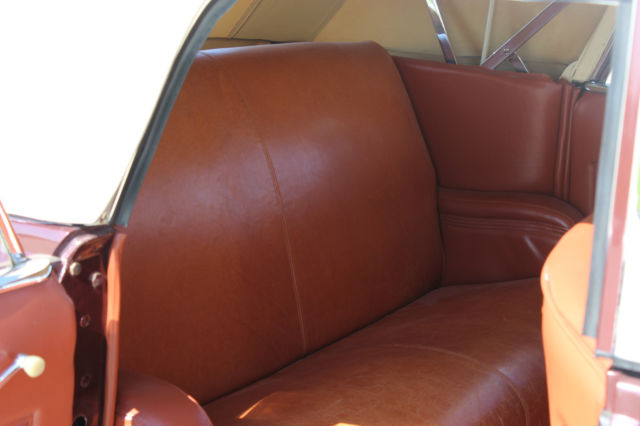
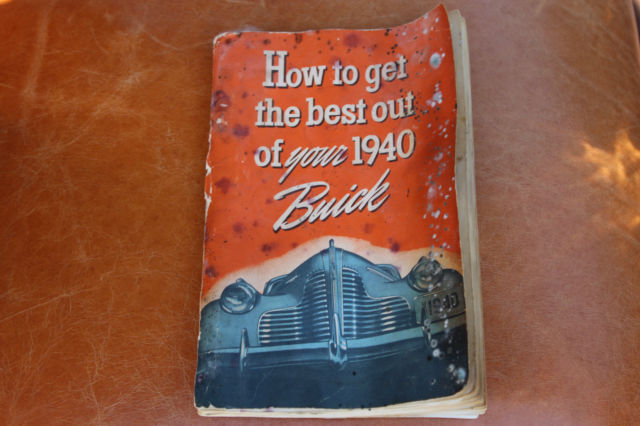
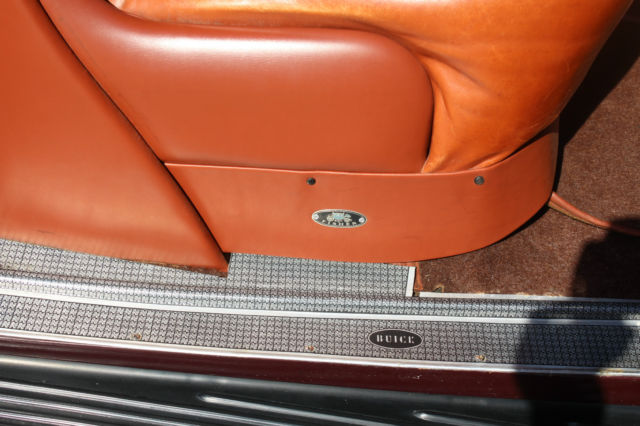
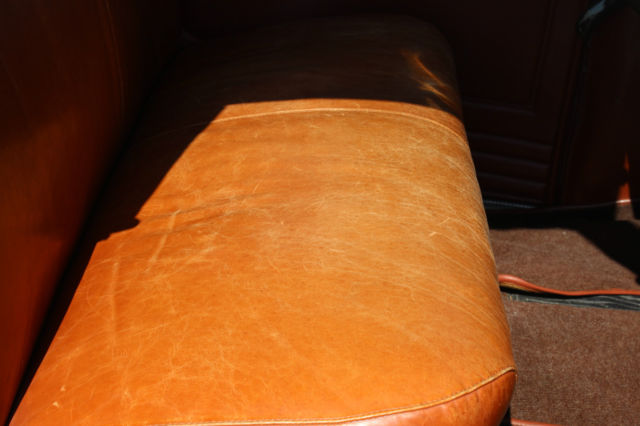
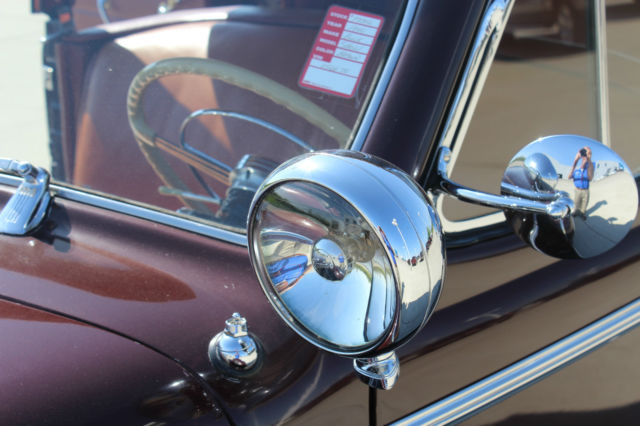
 1940 Buick Sport Special Phaeton
1940 Buick Sport Special Phaeton
 1940 Buick Phaeton Model Convertible. Very Rare
1940 Buick Phaeton Model Convertible. Very Rare
 1940 Buick Century Convertible Phaeton, Series 61C, 1 of 203, Extensive Service
1940 Buick Century Convertible Phaeton, Series 61C, 1 of 203, Extensive Service
 1939 Buick Special 41C Convertible Phaeton #9 of 830 built All new everything!
1939 Buick Special 41C Convertible Phaeton #9 of 830 built All new everything!
 1940 Buick Special 46C Convertible Coupe! One repaint original! Literature!
1940 Buick Special 46C Convertible Coupe! One repaint original! Literature!
 1940 Buick Special
1940 Buick Special